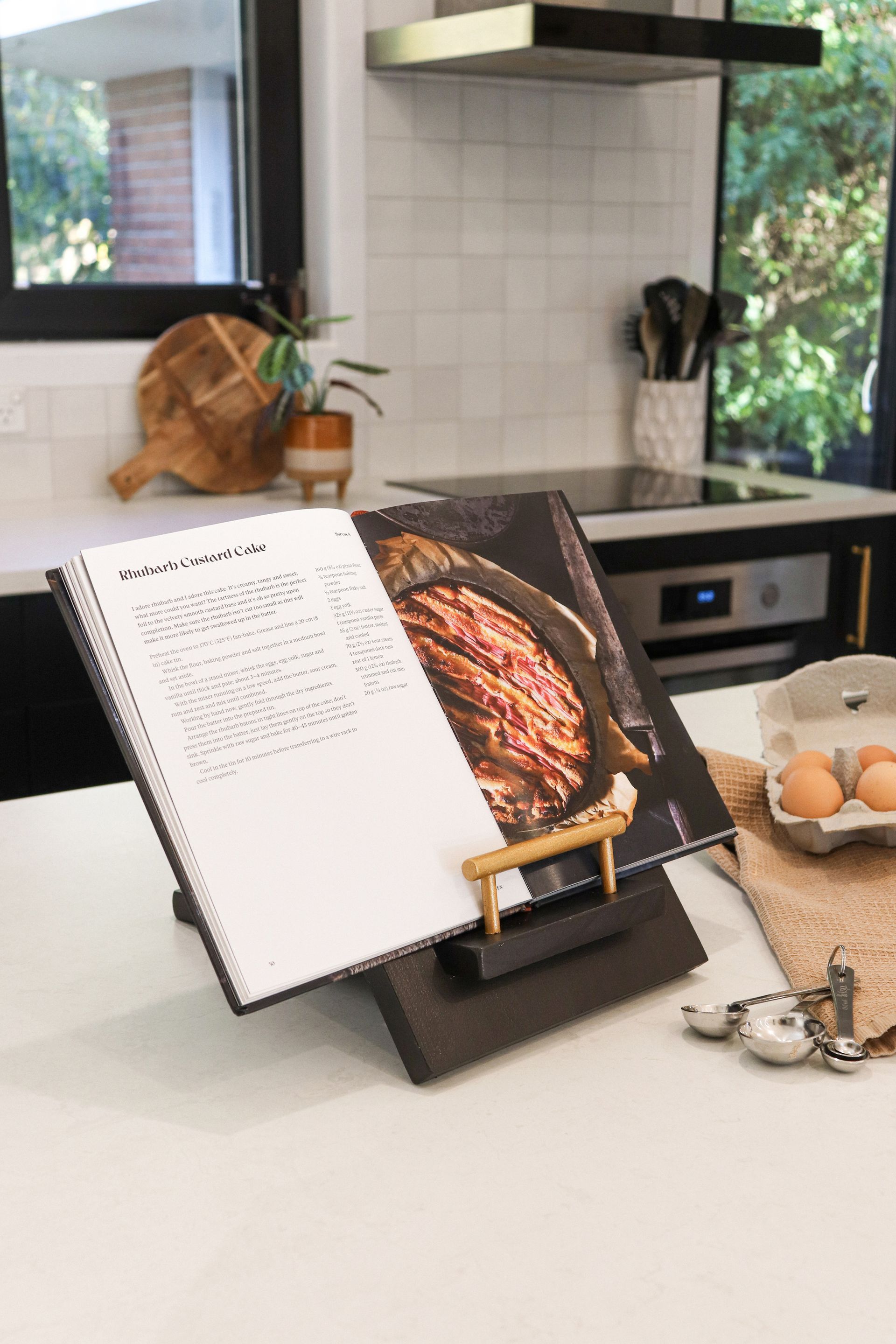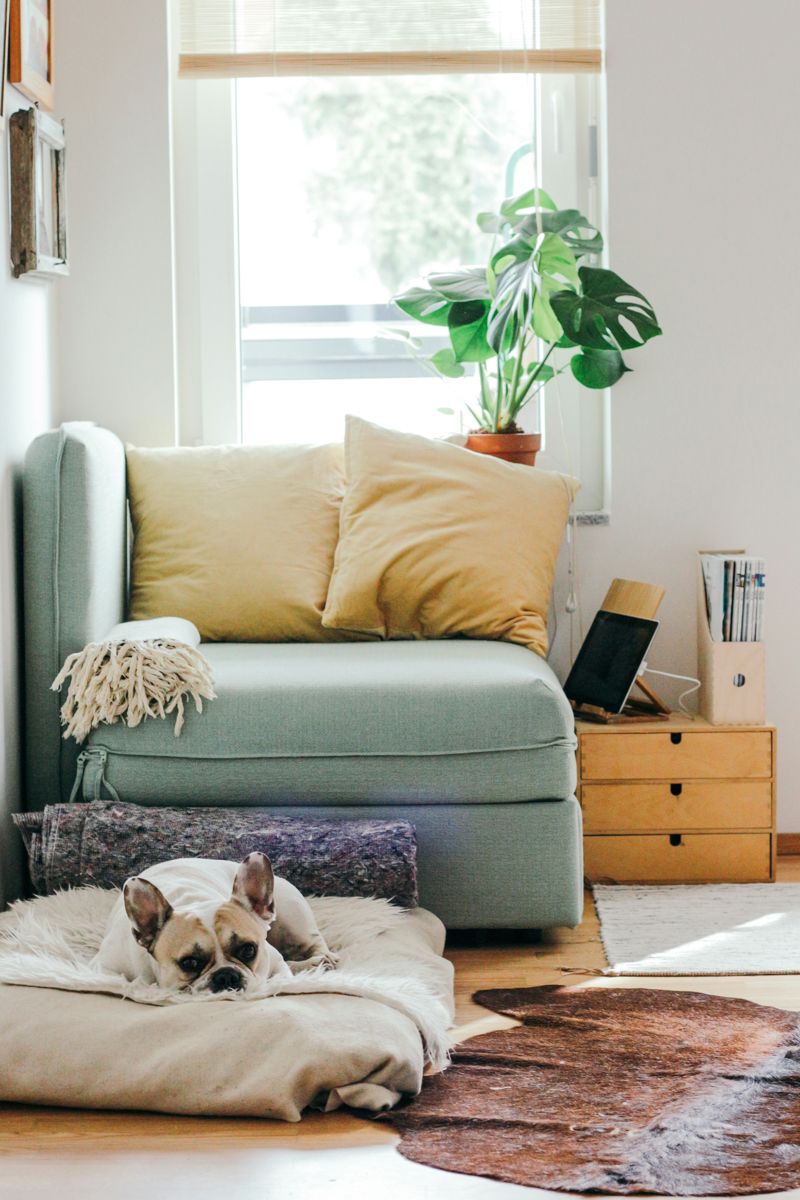From smokers to flat tops, to pizza ovens, outdoor kitchens and hooded solutions, buying a barbecue can be a complex task! Thankfully the teams at Mitre 10 MEGA Ashburton, Timaru and Oamaru are on hand with some great advice.
Start with the basics. Consider how many mouths you have to feed. Are you feeding just your family, or a big crowd? You can work out how many a barbecue can feed comfortably by the number of burners it has. A two-burner barbecue will easily cater for four people or you can get seriously barbecue-savvy with up to six burners to feed the masses.
Do you want slow and smoky or quick and easy? There are a number of fuel options available when choosing a new barbecue, such as charcoal, gas, wood pellets and electric. Wood pellets and charcoal will give you a great smoky flavour but electric and gas-fuelled barbecues are quick and convenient to use. In order to make this decision have a think about what you want to cook.
Sausages and steaks are barbecue staples, but now we have barbecues designed for baking, roasting and smoking, with extra features like side burners and rotisseries. And for those who want to take their outdoor cooking to the next level, there are pizza ovens and even spit roasters.
Once you know the who, how and what of your barbecue needs, think about the accessories you need to maximise your cooking: Does it have bench space for preparation? Has it got a built-in thermometer? Is it easy to use, clean and maintain? Does it have grills that direct grease away from the burners to reduce flare-ups?
Is it made to stand up to the conditions, for example are the surfaces porcelain enamel or stainless steel?
The last important consideration is location. Wherever you want to cook outside, there is a barbecue to match! From massive outdoor kitchens for your new deck, to compact-sized solutions for small courtyards and even lightweight, portable options for camping.
For more inspiration and ideas, visit mitre10.co.nz
Recent stories





